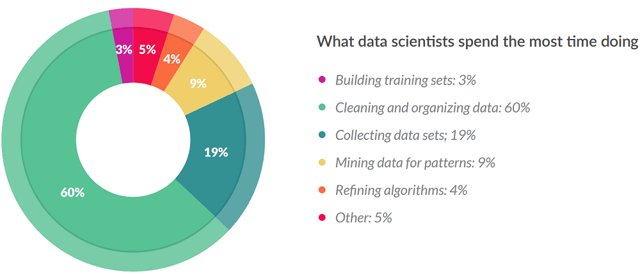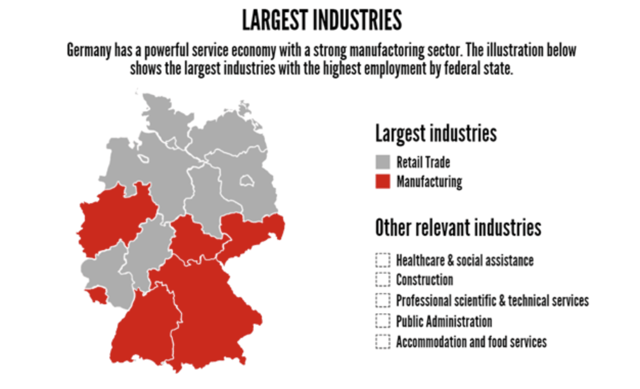Undoubtedly, 2017 has been yet another hype year for data science, particularly ML and AI. And while the associated technological and organizational evolutions are happening across the globe, they are gaining particular momentum in Germany and will continue to accelerate in 2018.
 One of the world’s epicenters of industry (it’s estimated to account for about a third of the country’s gross domestic product [GDP]), Germany is well known for its production of goods like cars, heavy-duty equipment, chemicals, and more. Yet for many years, they faced the same struggles as everyone else when it came to scaling data efforts, and this is just beginning to change.
One of the world’s epicenters of industry (it’s estimated to account for about a third of the country’s gross domestic product [GDP]), Germany is well known for its production of goods like cars, heavy-duty equipment, chemicals, and more. Yet for many years, they faced the same struggles as everyone else when it came to scaling data efforts, and this is just beginning to change.
Despite its surprisingly slow adoption, one thing is certain: Germany’s industrial sector has a lot to gain from data science, ML, and AI. And arguably, they must gain from these technologies. According to McKinsey, “By becoming one of the earliest adopters of AI, Germany could exceed its 2030 GDP target by 4%. However, if the country adopts AI more slowly – and productivity is not increased by any other means – it could lag behind its 2030 GDP target by up to one-third.”
What’s Changing
According to a recent study by Bitkom Research and KPMG, approximately 60 percent of German companies have already managed to either reduce risk, reduce costs, or increase revenue through the use of data science (including ML and AI). The Mittelstand is slowly but surely understanding its value, and big data technologies are gradually on their way to widespread adoption. Otto is just one example (and further evidence worldwide, e-commerce and retail is far ahead of industry when it comes to adopting data science).

This is happening in part because decision makers in Germany are learning firsthand the famous adage whereby 80 percent of a typical data science project is sourcing cleaning and preparing the data, while the remaining 20 percent is actual data analysis, and they’re taking steps to bring their organizations to a more optimal 50/50 balance.Many see data science platforms as the answer and the future, realizing that having the right tools for the right job is critical to success.
Technology giants also recognize the pool of talent in the ML and AI space and are taking advantage of it in the region - for example, Amazon.
Still Work to Do
Yet despite this revolution, 77 percent of German companies still rely on small data tools (like Excel and Access) for ad-hoc data analysis. There’s still a long way to go, but this figure is down 10 percent compared to 2015, which shows promise.
Businesses that were ill-equipped in the past to manage large amounts of data are in the process of “gearing up.” This trend coincides with a rise in the adoption of data science platforms (if you’re asking yourself “What are data science platforms, exactly?” then you can read up here).





